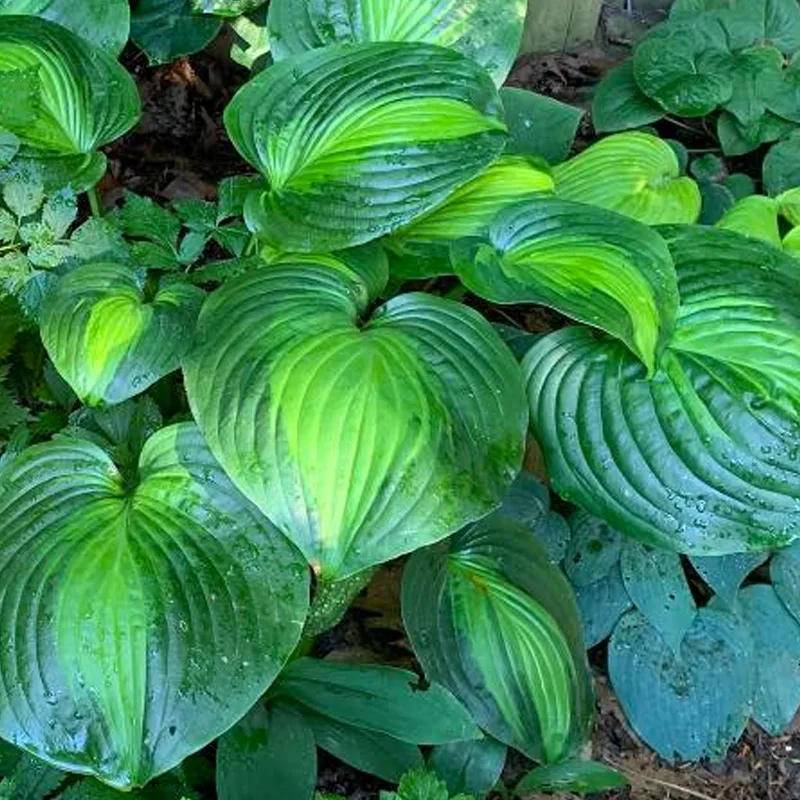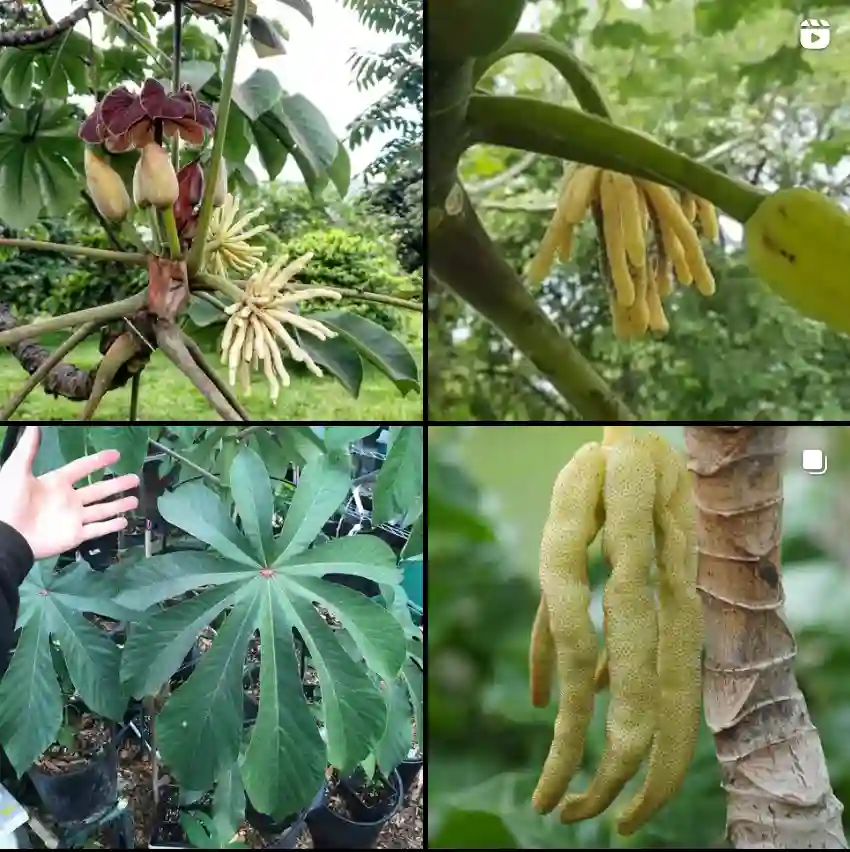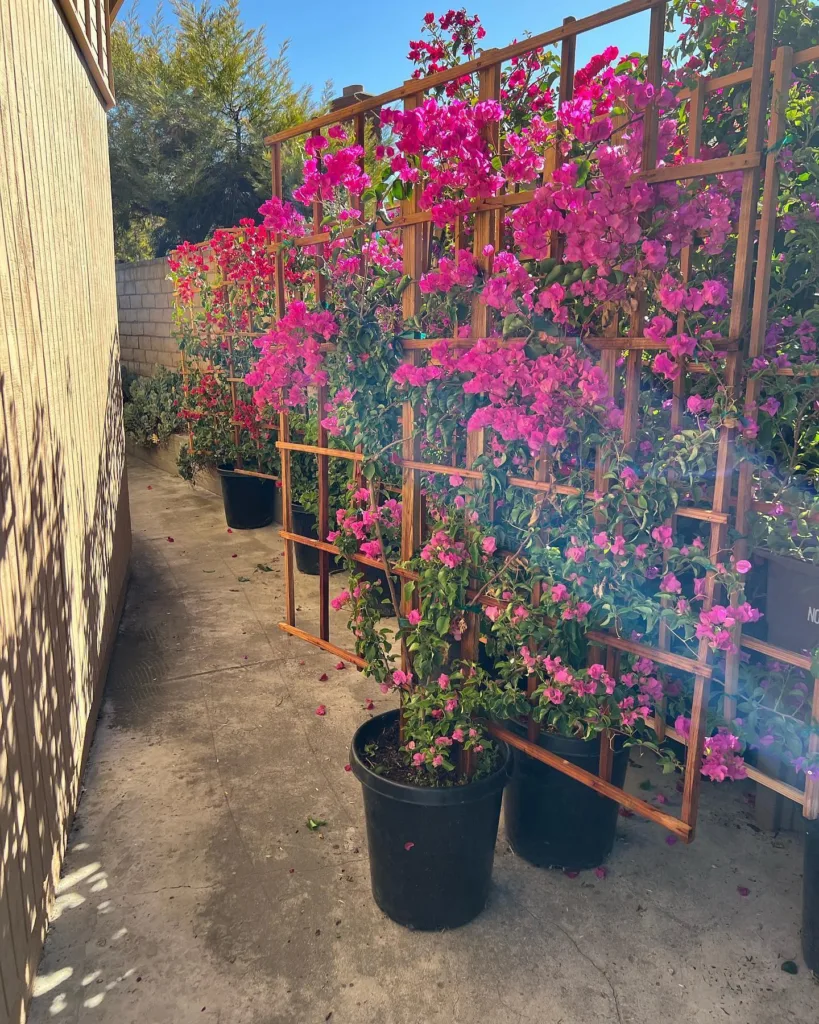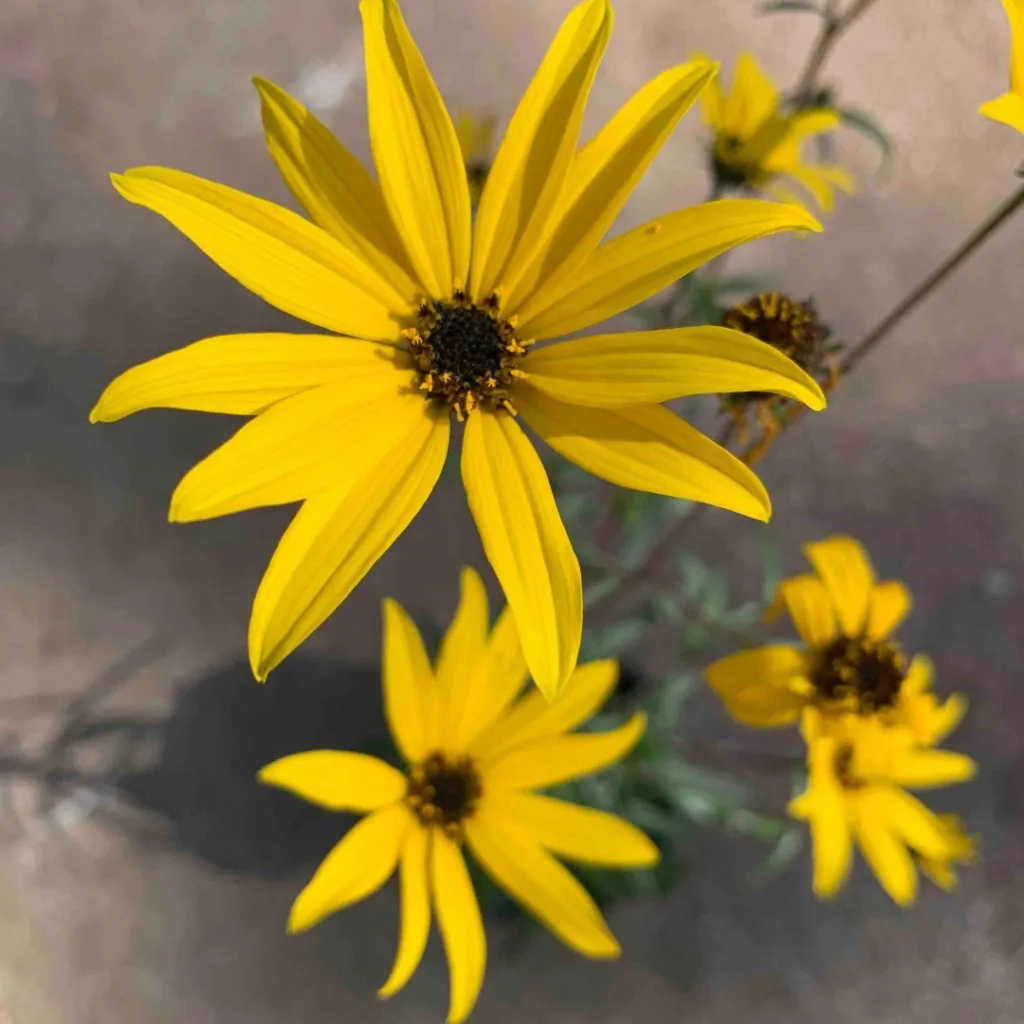Rhaphidophora Tenuis: A Climber with a Surprising Transformation
Hey there, plant enthusiasts! Ferb Vu here, and today we’re diving deep into the fascinating world of the Rhaphidophora Tenuis, a climbing aroid that boasts not only stunning foliage but also a dramatic growth transformation.
This rare beauty has captured the hearts of collectors worldwide, and for good reason. But before you rush out and snag one, let’s get acquainted and answer some frequently asked questions.
105 Species in Genus Rhaphidophora
What is a Rhaphidophora Tenuis?
The Rhaphidophora Tenuis is a tropical climber native to the rainforests of Borneo. It belongs to the Araceae family, sharing kinship with popular houseplants like Monsteras and Philodendrons.
This plant is known for its captivating foliage. As a juvenile, it displays heart-shaped, deep green leaves with a textured, almost bumpy surface. But the real magic happens as the Tenuis matures. Its leaves undergo a metamorphosis, transforming into deeply lobed, pinnatifid structures, resembling those of a fern.
Rhaphidophora Tenuis vs. Monstera Dubia
Often confused with its close relative, the Monstera Dubia, the Rhaphidophora Tenuis has some distinct characteristics. Here’s a quick breakdown:
- Leaves:
- Tenuis: Juvenile leaves are heart-shaped, maturing into deeply lobed, pinnate structures.
- Dubia: Leaves are consistently heart-shaped with fenestrations (holes) as they mature.
- Growth Habit:
- Tenuis: Climber, requiring support for aerial roots.
- Dubia: Climber or self-heading, depending on the variety.
- Rarity:
- Tenuis: Generally considered rarer and more expensive.
- Dubia: More readily available and affordable.
Both plants are stunning additions to any collection, but the Tenuis offers that extra “wow” factor with its dramatic leaf transformation.
How to care for Rhaphidophora Tenuis?
So, you’ve succumbed to the allure of the Tenuis? Here’s how to keep it thriving:
- Light: Bright, indirect light is ideal. Avoid harsh, direct sunlight.
- Water: Water thoroughly when the top inch of soil dries out. Don’t let it sit in soggy soil.
- Humidity: High humidity (around 70-80%) is preferred. Consider a humidifier or pebble tray for extra moisture.
- Temperature: Aim for warm temperatures between 65-80°F (18-27°C).
- Soil: A well-draining, airy potting mix is crucial.
- Support: As a climber, the Tenuis needs support for its aerial roots. A moss pole or coir totem is ideal.
With proper care, your Tenuis will reward you with lush, healthy growth and that captivating leaf transformation.
Bonus Tip: Fertilize your Tenuis during the growing season (spring and summer) with a diluted balanced fertilizer once a month.
Common Rhaphidophora Tenuis Problems and Solutions
Even with the best intentions, problems can arise. Here are some common issues and how to tackle them:
- Brown leaves: This could be caused by underwatering, overwatering, or excessive light. Adjust your watering schedule and check light exposure.
- Leaf curling: This often indicates low humidity. Increase humidity around the plant.
- Slow growth: Ensure your Tenuis receives adequate light, warmth, and fertilization.
If you suspect pests or diseases, isolate the plant and treat it appropriately with insecticidal soap or neem oil solution.
Additional information:
- Light Meter: Invest in a light meter to ensure your Tenuis receives the appropriate amount of indirect light (around 5000-10,000 lux).
- Fertilizer Options: Organic options like worm castings or compost tea can be used as alternatives to chemical fertilizers.
- Toxicity: Like many Aroids, the Rhaphidophora Tenuis is toxic to pets and humans if ingested. Keep it out of reach of curious children and furry friends.
- Maturity Timeline: The timeframe for your Tenuis to develop mature, lobed leaves can vary. It can take several years depending on the individual plant and growing conditions.
- Air Circulation: While your Tenuis enjoys high humidity, good air circulation is also important to prevent fungal diseases.
- Repotting: Repot your Tenuis every 1-2 years into a slightly larger pot with fresh potting mix.
Finally, a Word on Propagation
Propagating a Rhaphidophora Tenuis is possible through stem cuttings with aerial roots. However, it can be a bit challenging and requires patience. For beginners, it might be best to purchase a new plant or a cutting with established roots.
So there you have it, folks! The Rhaphidophora Tenuis: a captivating climber with a surprising twist. With proper care and attention, you can cultivate this unique plant and witness its breathtaking transformation. Happy planting!
If i die, water my plants!



